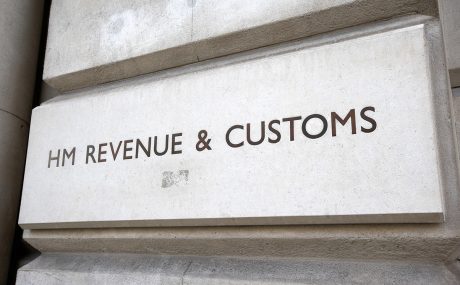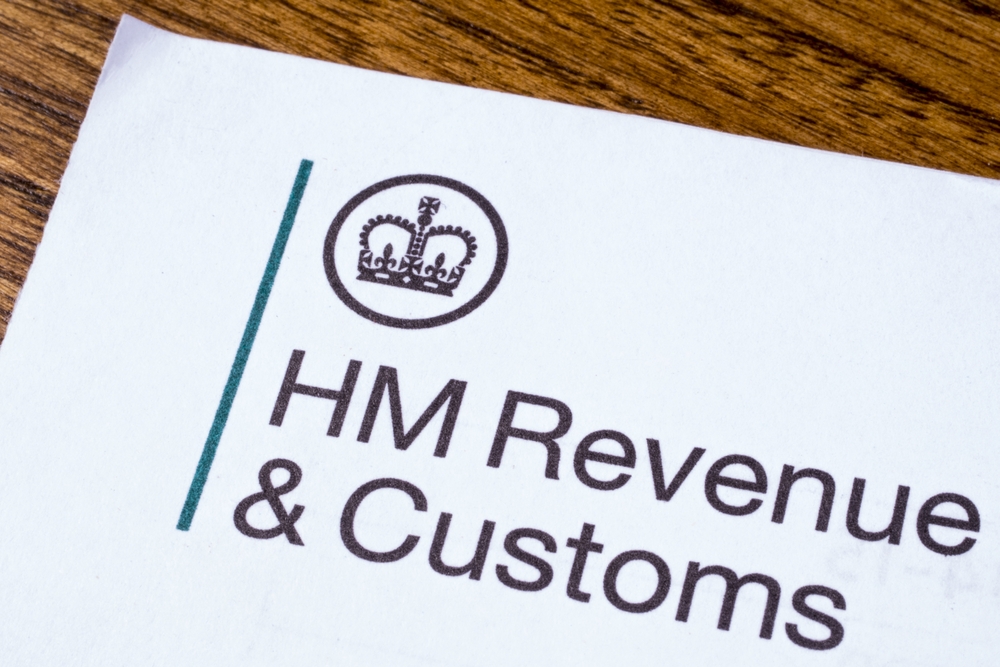Matthew Greene and Guy Bud of our Tax Litigation and Resolution team recently reviewed a case which held among that the First-tier Tax Tribunal has the power to direct that a hearing can be held in private and that participants should not be identified, but also that the principle of open justice applies with equal force in the First-tier Tribunal as in other courts. This article was first published in Taxation.
Most practitioners will be aware that a taxpayer can seek an order preserving their privacy and confidentiality in a tax appeal. This is despite such applications being relatively unusual and the legal principles little understood. The recent Upper Tribunal decision in Revenue and Customs Comrs v The Taxpayer [2024] UKUT 00012 (TC) has provided some important guidance in assessing where and when such orders might be available.
Balancing act
Tax disputes can, and often do, touch on sensitive issues around the taxpayer’s business affairs, finances, relationships and lifestyle. The anxiety this can cause taxpayers is nothing new. However, modern litigants are confronted with much greater access to court records online through the tribunal website and the free databases provided by BAILII and the National Archives. These are immediately accessible by family, friends, prospective employers and other interested parties through a simple online search. Whatever their motivations, a member of the public no longer needs to travel to their local library to leaf through leather-bound volumes of HMSO Tax Cases.
Not all litigation necessarily results in intrusion into a taxpayer’s privacy. A litigant with a distinctive name is more likely to be easily identifiable. Similarly, the facts of an appeal stayed behind a lead case may never become publicly available. These differences may seem arbitrary but cannot easily be avoided, even in an age in which privacy and data protection seem increasingly important considerations in daily life.
The starting point is that “everyone is entitled to a fair and public hearing” in the determination of their civil rights and obligations under Article 6 of the Human Rights Act 1998 (“HRA”)/European Convention on Human Rights (“ECHR”). This is bolstered by the common law principle of open justice, which has traditionally been taken seriously by the English courts on the basis that the power of public scrutiny is the best guarantee of democratic accountability, propriety and impartiality. As Lord Chief Justice Hewart declared in R v Sussex Magistrates, ex p McCarthy [1924] 1 KB 256: “It is not merely of some importance but is of fundamental importance that justice should not only be done, but should manifestly and undoubtedly be seen to be done.” As with many fundamental principles, this is subject to exceptions. The taxpayer’s right to privacy and private life under Article 8 of the HRA 1998/ECHR must also be taken into account.
FTT’s approach
There are, strictly speaking, two separate forms of confidentiality-related orders the First-Tier Tribunal (“FTT”) can choose to make.
The first is the power to direct that a hearing, or part of a hearing, be held in private under Rule 32 of the Tribunal Procedure (First-Tier Tribunal) (Tax Chamber) Rules 2009 (“FTT Rules”). This power only arises where “the Tribunal considers that restricting access to the hearing is justified” on one of five potential grounds in Rule 32(2), namely:
“(a) in the interests of public order or national security;
(b) in order to protect a person’s right to respect for their private and family life;
(c) in order to maintain the confidentiality of sensitive information;
(d) in order to avoid serious harm to the public interest; or
(e) because not to do so would prejudice the interests of justice.”
Assuming an order is granted, the tribunal is able to determine who may attend. Pursuant to Rule 32(6), it should also ensure “so far as practicable” that information aired during any private parts of the hearing should not be disclosed “if to do so would undermine the purpose of holding the hearing in private”.
The second is a wide-ranging power under Rule 14 of the FTT Rules to make an order prohibiting disclosure or publication of specified documents or information or, indeed, “any matter likely to lead members of the public to identify any person whom the Tribunal considers should not be identified”.
The background
Revenue and Customs Comrs v The Taxpayer [2024] UKUT 00012 (TCC) concerned an appeal brought by an individual taxpayer against HMRC’s decision to disallow certain unspecified income tax deductions. The taxpayer applied to the FTT requesting far-reaching privacy and confidentiality measures to be applied to the appeal. After a hearing, the FTT issued two relevant directions in September 2021:
“[Direction 3, issued under Rule 32(2)(e)]: Preliminary proceedings in this matter shall be held in private.
[Direction 4, issued under Rules 32(6) and 14]: Both parties shall provide to the Tribunal and each other their final representations on the Appellant’s application for anonymity not later than 21 days before the substantive hearing.”
These decisions were reached less as a matter of substance than to postpone the privacy and confidentiality issue to a later point in the litigation. In the FTT’s judgement, the function of Direction 3 was to support Direction 4, which would otherwise be rendered “futile” by disclosing the taxpayer’s identity during the preliminary proceedings.
Although the grounds of appeal against a case-management decision are more restricted than for a substantive issue, HMRC was granted permission to appeal against Direction 3 to the Upper Tribunal (“UT”). It did not apply to appeal against Direction 4. It raised three lines of argument that the FTT had erred:
- By issuing the direction without having received any evidence from the taxpayer setting out the need for such a direction.
- By failing to apply the common law principle of open justice properly.
- In failing to consider more proportionate alternative directions more consistent with the principle of open justice.
The taxpayer raised a number of counterarguments in response. It argued, in particular, that the function of Direction 3 was to avoid prejudice to the “interests of justice” by ensuring that Direction 4 was not rendered “futile” by publicising the taxpayer’s identity before his anonymity application was properly determined ahead of the substantive proceedings. HMRC had not been granted permission to appeal against Direction 4.
The FTT’s error
As a starting point, the UT addressed the argument that the direction was justified by Rule 32(2)(e), under which the FTT was able to direct that a hearing be held in private “if the Tribunal considers that […] is justified […] because not to do so would prejudice the interests of justice”. It pointed out that there is a distinction between this ground when contrasted with 32(2)(a) to (d), where “there will in practice be an onus on the applicant to produce cogent evidence”. It remained the case, however, that the tribunal needed “rational and persuasive reasons” for departing from the open justice presumption and, in particular, needed to be satisfied that “a public hearing would (not might, or be likely to) prejudice the interests of justice” (original emphasis).
The UT concluded that the FTT had indeed erred in issuing Direction 3. It cited two reasons for the error:
- The FTT was mistaken in its reasoning that Direction 3 was necessary to avoid rendering Direction 4 “futile”.
- The FTT erred in failing to consider whether Direction 3 was itself proportionate, “taking into account its practical effect”.
The two points were addressed in turn.
Futility
On the basis of past authorities, the UT considered that futility could be relevant in two different species of cases. The first concerned applications for privacy or anonymity, which would be rendered “futile” if publicised. The second concern was “where a public and/or unanonymised hearing of (or decision on) a particular matter would render futile or nugatory an outstanding appeal” against such an application.
Contrary to the taxpayer’s arguments, the UT considered this was not a case in which failure to issue a direction would have “rendered futile the very question at issue in the hearing”. The taxpayer’s future application was far more inchoate since all that existed was the application itself, unsupported by evidence and even a tangible listing date. On this basis, there was no rational basis for concluding that a failure to issue Direction 3 would have prejudiced the interests of justice.
The alternative to issuing Direction 3 was not necessarily for preliminary proceedings to be held in public. The taxpayer had been perfectly able to apply to the FTT with evidence showing that one or more of the conditions in Rule 32(2)(a) to (d) were satisfied, and they should have been held in private. Given the difference in context, it might even have been possible for the decisions on the preliminary and substantive hearings to go different ways.
Proportionality
The FTT also erred in failing to consider the practical consequences of issuing Direction 3 and whether those consequences were proportionate to the risk to the interests of justice. Proportionality was a key consideration. As the UT pointed out, the public interest in different forms of preliminary hearings was not always alike, and a strike-out application (for example) would generate far more interest than one for a stay. It was also indefinite in duration. A “blanket derogation” of this kind was always unlikely to be appropriate.
The flaws
Although the basis for overturning the FTT’s decision was clear, a real sense of the UT’s motivation can perhaps be glimpsed from its visible frustration with what is considered to be the taxpayer’s attempt to acquire a “blanket derogation from open justice by the backdoor”. It noted: “The Taxpayer has obtained the benefit of privacy for all preliminary proceedings, without having produced any evidence of harm or prejudice, for an open-ended period, in a situation where, should he decide to withdraw or settle his appal and not pursue the Privacy and Anonymity Application, that benefit would not be reversible.”
In the UT’s analysis, the problem arose from the FTT’s willingness to delay the ultimate determination of the privacy and anonymity application, which it emphasised did not need to be a protracted and complex matter. The taxpayer was invited to bring a new substantive and evidence-based application for privacy and anonymity in relation to the preliminary hearings or simply to accept public scrutiny.
Above all, the UT “firmly” rejected the taxpayer’s arguments that the principle of open justice applied with less force in the FTT than in the rest of the court system. Advisers should take note.
Conclusion
The Taxpayer case is an important reminder of the difficulties of applying for privacy and confidentiality and the practical difficulties of navigating around the powerful presumption in favour of open justice. Practically speaking, it is important to raise any possible privacy concerns with a client as early as possible in a dispute and consider what steps might need to be taken. In some cases, personal concerns of this kind may dictate the taxpayer’s strategy more than the strict legal merits of their case.
The risks also need to be considered. Although privacy and anonymity applications can usually be relied upon to remain confidential in their own right, they can risk backfiring by attracting more public interest and generating speculation on social media and elsewhere about the possible identity or motivation of the person involved. Although we cannot know for sure, might the litigation have proceeded practically unnoticed in other circumstances?
The hurdles for obtaining a privacy or anonymity direction are undoubtedly high, but The Taxpayer is not authority for the suggestion that any privacy or anonymised decisions are impossible. The UT stressed that “any application for privacy or anonymity is fact-sensitive, and different considerations will arise in different types of case”.
Some cases will naturally attract more leniency than others. Nor should privacy applications be viewed as mere try-ons by taxpayers eager to keep their affairs private. Concerns around privacy are often well-founded, especially where matters involve children or the facts of a case include serious allegations that are not necessarily part of the core subject matter of the tax appeal itself.
You can find further information regarding our expertise, experience and team on our Tax Litigation and Resolution page.
If you require assistance from our team, please contact us.
Subscribe – In order to receive our news straight to your inbox, subscribe here. Our newsletters are sent no more than once a month.






